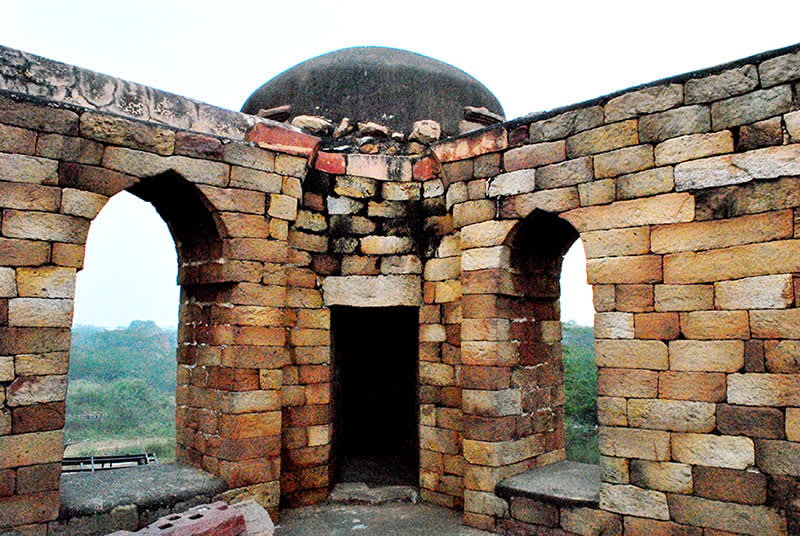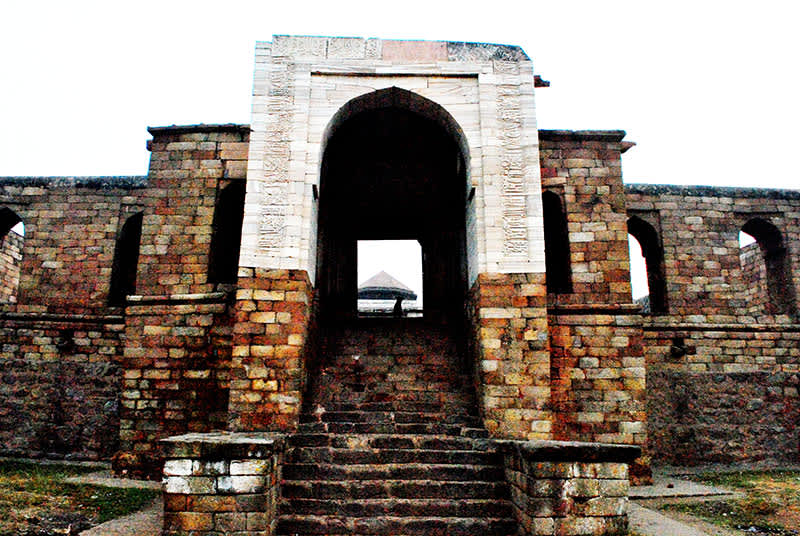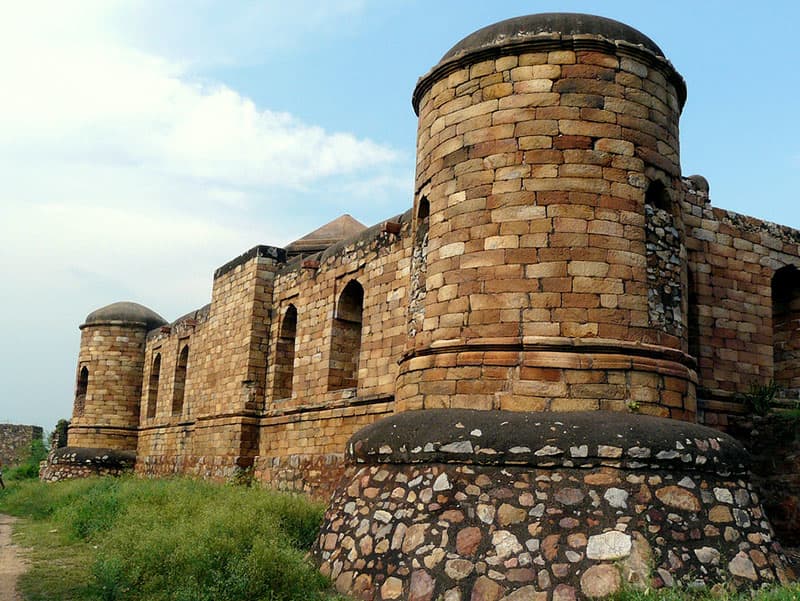 Delhi
DelhiHidden Away In Vasant Kunj Lies A Tomb Built In 1231 AD: Come Explore Sultan Ghari's Tomb
Sultan Ghari’s Tomb lies surprisingly unknown, architecturally, it lay on the cusp of a major revolution and religiously is a living example of harmony surviving the odds. The monument was built in 1231 AD by Iltutmish, the third king of the slave (Mamluk) Dynasty, the genesis of the Delhi Sultanate, for his prodigal son Prince Nasir’ud-din-Mahmud, an able administrator who was killed while defending his father’s Eastern concerns. The tomb lies in the Rangpuri Pahari region, flanked by its namesake village near Vasant Kunj.
A Sacred Place

Officially maintained by the ASI, the tomb is considered sacred by both Muslims and Hindus alike from the surrounding villages, believing it to be a peer’s dargah (mosque) whose blessings must be sought for the newlyweds of all the sects. Thursday is the common day of worship, and an annual urs (the death anniversary of a Sufi saint) is held between Ramadan and Eid.
Splendid Architecture

Taking the architecture into account, the monument is the last instance of the corbel arch being used in progressive Indo-Islamic architecture, as the Roman arch took over from the subsequent constructions, Balban’s Tomb being the first example (sometimes often wrongly ascribed to Alai Minar). Built over a raised plinth on an octagonal plan, rubble masonry dominates the base. The centre courtyard is dominated by the octagonal grave chamber, the enclosure raised on two pillars depicting ancient Hindu carvings. The qibla (the direction of Mecca) and mihrab (niche) feature Turkish and Afghan designs. The crypt lies inside a cave, or the ‘Ghari’.
Also, there are cenotaphs flanking the tomb that belong to the prince’s two brothers. Feroz Shah Tughlaq tried to restore the tomb substantially - the West wall housing the mihrab has a marble façade because of him. An added attraction is a large Western settlement complex, which lies mostly in ruins now.
Its Surroundings

Although the complex is a stone’s throw away from Andheria Mor - Mahipalpur Road, the surroundings are absolutely peaceful; one can spot the odd magpie winding its way around the scrub vegetation, as the parakeets and mynahs battle it out loudly over tree holes.
Though the locals might seem a bit aggressive at first, they are no threat as such and one can actually get to know a lot of the local folklore surrounding the monument, apart from the local festivals and celebrations around the dargah that hardly find mention in our common festival calendars, but are a preservation of the village culture that manage to thrive within a rapidly urbanizing metropolis.

The monument is easily accessible and is open on all seven days; it’s a rare occurrence to find the ASI guard around, and if he chances upon you, will demand an entry ticket – which is very cheap compared to other monuments across the country. Entry is strictly non-photographic. Be appropriately dressed as the area is constantly visited by worshippers and remember to have cover your head here.
There you go - if you have some time on your hands and happen to be in the vicinity, come uncover a piece of Delhi’s forgotten heritage!
Location | Malakpur Kohli Village, Near Vasant Kunj
Like
Bookmark
Share

